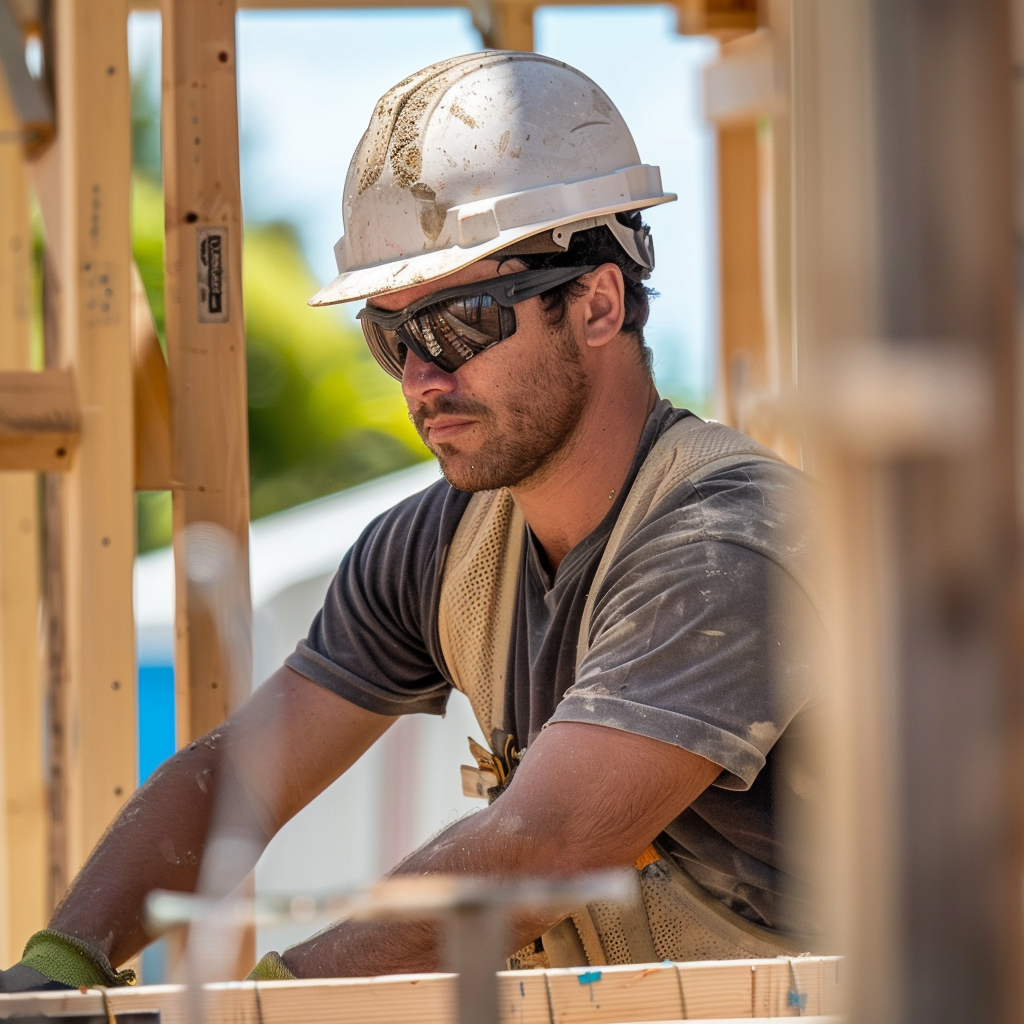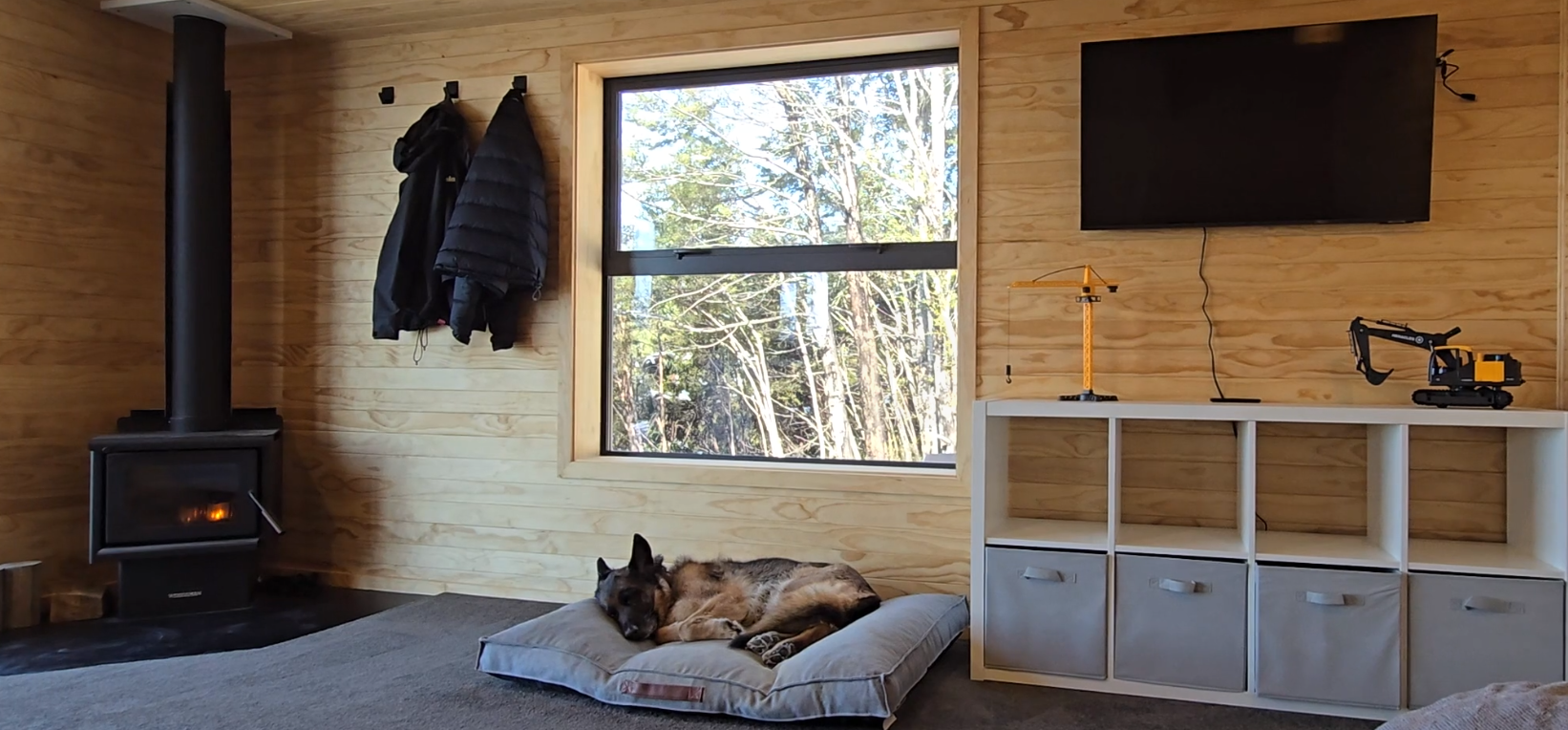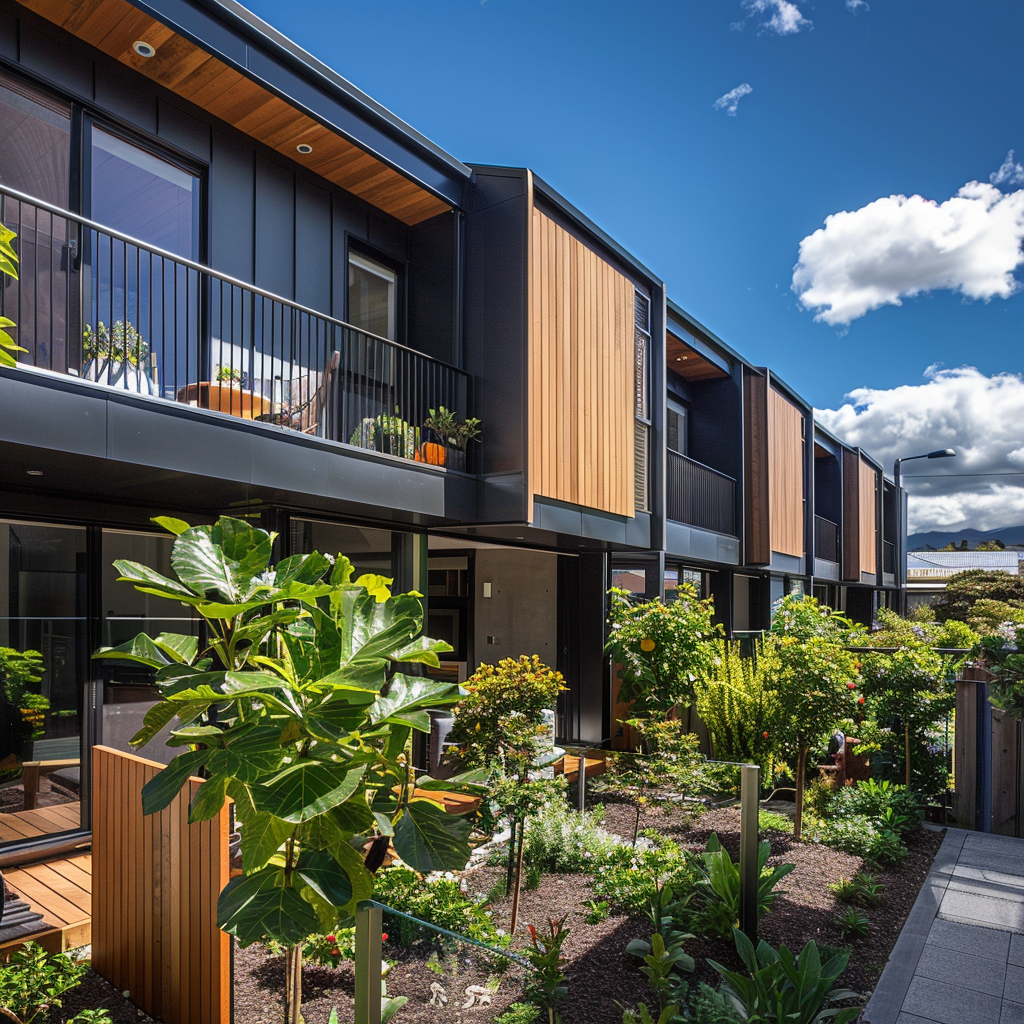Choosing the right roofing material for your home in New Zealand is crucial to ensure its durability and performance. The country's unique climate, with its high UV radiation, unpredictable temperature changes, and heavy rainfall, can have a significant impact on how well roofing materials hold up over time. Whether you're constructing a new house or planning to replace your roof, it's essential to know how different materials react to these weather conditions.
Some materials may develop cracks when exposed to intense sunlight, while others could corrode due to salt spray near the coast. Heavy rain or strong winds might also cause damage to certain types of roofing. That's why it's so important to choose a material that can withstand these elements without compromising its strength or appearance.
In this comprehensive guide, we'll explore the various roofing options available in New Zealand and evaluate their suitability for our diverse climate. From innovative TPO membranes to reliable steel roofing systems and more, you'll learn which materials not only provide shelter but also peace of mind in the face of ever-changing weather patterns.
Steel Roofing Materials: Durable and Strong Choices
When it comes to roofing options for your New Zealand home, steel roofing materials are a top choice because of their exceptional strength and long-lasting nature. These materials are designed to withstand the test of time and weather, making them perfect for homeowners who want a roof that can stand up against any elements thrown its way.
Types of Steel Roofing Materials
There are several types of steel roofing materials available in the New Zealand market, each with its own unique features:
- Colour bond Steel: Known for its ability to reflect heat, Colour bond steel is great for keeping indoor temperatures cooler. It's also resistant to rust, making it ideal for coastal areas where salt spray is common.
- Zincalume Steel: Made from a combination of aluminum, zinc, and silicon, Zincalume steel has excellent corrosion resistance properties. It can withstand even the harshest weather conditions without deteriorating.
- Galvanised Steel: Coated with a layer of zinc to prevent rusting, galvanised steel is a reliable choice known for its durability and protection against corrosion.
- Stainless Steel: Perfect for regions prone to extreme weather, stainless steel can handle heavy rainfalls and strong winds without getting damaged.
- Aluminum Steel: Despite being lightweight, aluminum steel is still incredibly strong and resistant to corrosion. Its reflective surface also makes it a more energy-efficient roofing option.
Each type of steel has been specifically developed to meet the unique requirements of New Zealand's different climate zones. Whether it's the intense UV exposure in the northern regions or the wetter conditions in the southern areas, these materials are designed to maintain their strength and performance for many years.
Advantages Specific to New Zealand's Climate
Steel roofing offers several advantages that are particularly beneficial in New Zealand's climate:
- UV Resistance: Steel roofs are highly resistant to the country's high levels of UV radiation, which helps them retain their Colour and structural integrity over time.
- Rainfall Resilience: These materials are designed to quickly and effectively drain water, minimizing the risk of leaks during the heavy rainfalls that are common in many parts of New Zealand.
- Wind Endurance: Thanks to their high tensile strength, steel roofs can withstand strong winds without suffering significant damage.
Aesthetic Versatility
In addition to their durability, steel roofing materials also offer versatility in terms of design:
- Architectural Flexibility: Whether you have a modern or traditional-style home, there are various profiles and Colour s of steel roofing available to complement your property's architecture.
- Seamless Integration: No matter what kind of look you're going for - be it an industrial aesthetic or a cozy countryside vibe - there's a type of steel roofing that can perfectly match your vision.
The visual appeal of these materials perfectly complements their functional benefits. By choosing the right type of steel roofing for your home, you can ensure that it not only stands strong against New Zealand's ever-changing weather but also looks great while doing so.
Other Suitable Choices for New Zealand Roofs
When choosing roofing materials for a house in New Zealand, it's important to think beyond just steel options. Concrete tiles, clay tiles, and asphalt shingles are also worth considering. These alternatives have their own advantages, especially when it comes to dealing with the region's challenging climate.
Concrete Tiles
- Durability: Concrete tiles are strong and can last a long time, making them a durable roofing choice.
- Weather Resistance: They hold up well against tough weather conditions like heavy rain and strong winds, which are common in New Zealand.
- Thermal Mass: The density of concrete provides excellent thermal mass, helping to regulate indoor temperatures by absorbing heat during the day and releasing it at night.
- Versatility: Available in various shapes and colours, concrete tiles offer flexibility in achieving a desired look that matches the architectural style of a property.
Clay Tiles
- Natural Insulation: Clay tiles naturally provide insulation, keeping homes cooler in summer and warmer in winter.
- Aesthetic Appeal: With their classic terracotta colour and unique shape, they add a timeless charm to any home.
- Lifespan: Although initially more expensive, clay tiles can last for decades with proper maintenance, potentially outliving other roofing materials.
- Environmental Impact: Made from natural materials, clay tiles are an eco-friendly roofing option that can be recycled at the end of their lifespan.
Asphalt Shingles
- Cost-Effective: Asphalt shingles offer an affordable roofing solution without compromising on protection from the elements.
- Ease of Installation: They are lightweight and easy to install, which can reduce labor costs and time frames for roofing projects.
- Variety: With a wide range of styles and colour s available, asphalt shingles can be customised to suit different personal preferences and home designs.
- Maintenance: While asphalt shingles may require more frequent maintenance than metal or tile options, they are relatively easy to repair or replace if damaged.
Each of these materials has its own unique qualities that cater to different needs. Whether you value sustainability with clay tiles, the cost-effectiveness of asphalt shingles, or the durability of concrete tiles against New Zealand's ever-changing weather conditions, your decision will greatly impact the lifespan and performance of your roof.
Key Factors to Consider When Selecting the Right Roofing Material
Choosing the right roofing material for your property in New Zealand goes beyond just appearance. It requires careful thought about various important factors to make sure that your choice can withstand the unique weather conditions in the area. Here are the key things to think about when making this crucial decision:
1. Evaluate Climate Challenges
The first thing you need to do is understand the weather patterns in your location. Different parts of New Zealand have different climates, including coastal areas with salty air and places with a lot of geothermal activity. Each of these comes with its own set of challenges for roofing materials. Here are a few examples:
- High UV Exposure: Some areas get more intense UV radiation, which can cause certain materials to deteriorate faster.
- Heavy Rainfall: If you live in a place that gets a lot of rain, you'll want roofing materials that can effectively repel water.
- Wind: Locations that are prone to strong winds require roofing systems that are specifically designed to withstand them.
Having a clear understanding of these factors will help you narrow down your options and choose materials that are best suited for your local climate.
2. Longevity vs Maintenance Level
When it comes to selecting roofing material, it's important to consider the balance between how long it will last and how much maintenance it will require:
- Longevity: Materials like steel roofing and TPO membranes have longer lifespans due to their durability, but they may also come with a higher initial cost.
- Maintenance Level: Some materials can last a long time but need regular upkeep. For example, clay tiles are sturdy but may require more attention over the years compared to metal alternatives.
Your decision should take into account how often you're willing to invest time and effort into maintenance tasks, as well as how many years you expect the roof to remain problem-free.
3. Aesthetic Preference
The appearance of your roof plays a significant role in the overall look of your home and its value. Consider the following factors when choosing a roofing material:
- Traditional Kiwi Styles: If you want to maintain a classic New Zealand design, concrete or clay tiles might be the way to go.
- Modern Architectural Trends: For contemporary houses, sleek steel or aluminum roofing options with different profiles and Colour s can be a great match.
It's important to ensure that the style of your roof aligns with your personal preferences as well as any regulations or standards set by your local council or community.
Incorporating these factors into your decision-making process will help you choose a roofing material that not only meets your practical needs but also enhances the overall appearance of your home. Taking the time to make an informed choice will allow you to invest in a roof that contributes positively to your property's durability, maintenance requirements, and aesthetic appeal.
Final Thoughts
When you're choosing a roofing material that's suitable for New Zealand's climate, it's important to remember that having a strong and durable roof is crucial. New Zealand experiences unique weather conditions, so it's essential to use materials that can withstand these elements and keep your home safe throughout the year. Here are some key factors to consider:
- Durability: Make sure the material you choose has a proven track record of being able to handle New Zealand's weather patterns, including strong UV rays and heavy rain.
- Weather Resistance: Look for materials that have high resistance against common environmental factors in your area, such as wind, salt, and temperature changes.
- Personal Needs and Preferences: Find a balance between practicality and aesthetics; your roof should not only match your style but also cater to your lifestyle needs.
It's crucial to work with a professional roofer who has local knowledge and experience. They will be able to provide valuable insights and help you find a roofing solution that is specifically tailored to the challenges of your region within New Zealand. Their advice will be based on real-life situations, ensuring that you can make an informed decision that suits both your personal preferences and the requirements of the local climate.
While this guide aims to provide you with comprehensive information, it's important to remember that nothing can replace the expertise of a professional. By combining what you've learned here with their recommendations, you'll be able to achieve a roofing outcome that not only gives you peace of mind but also enhances the overall appeal of your property.
Keywords for Internal Search:
new zealand roofing materials, tpo membrane nz, steel roofing nz, concrete tiles nz, clay tiles new zealand, weather-resistant roofing, uv resistant roofing nz, cost-effective roofing options, environmentally friendly roofing, durable roofing materials, new zealand climate roofing, heavy rainfall roofing solutions, wind resistant roofing nz, energy efficient roofing nz, sustainable roofing choices, roofing for coastal areas nz, long-lasting roofing nz, aesthetic roofing options, modern roofing nz, traditional roofing nz, roofing installation nz, roofing maintenance tips, architectural roofing styles nz, affordable roofing solutions, professional roofing advice nz






